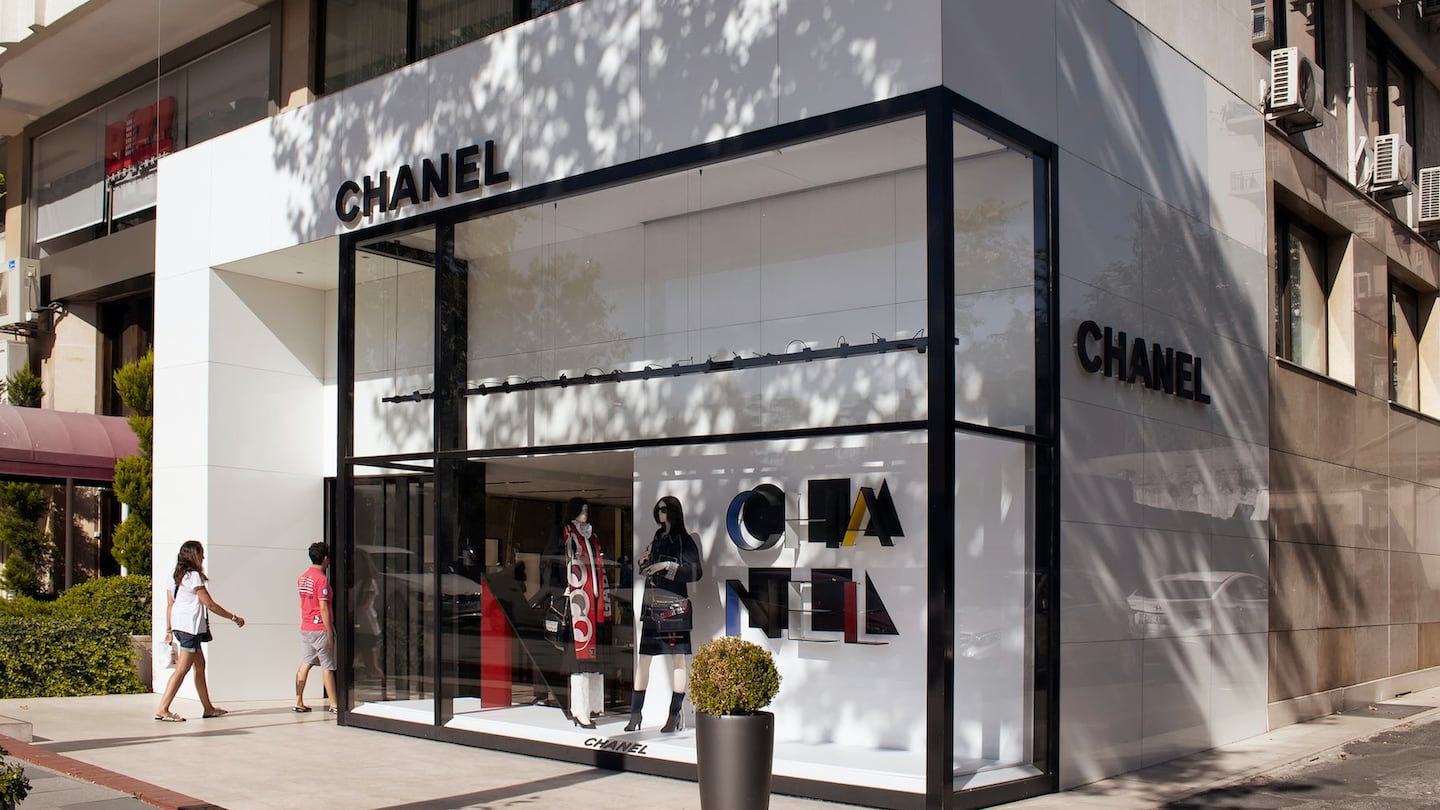
The Business of Fashion
Agenda-setting intelligence, analysis and advice for the global fashion community.

Agenda-setting intelligence, analysis and advice for the global fashion community.

ISTANBUL, Turkey — As everyone knows, there are two sides to every trade. With more than 80 million Turks substantially poorer following a plunge in their currency, the winners were foreigners behind the velvet ropes at Istanbul's Istinye Park Mall.
They were lining up to splurge at some of the world's priciest retailers — Louis Vuitton, Chanel and Hermès among them — at the ritzy open-air shopping complex under clear blue skies. All of a sudden, the wares on offer had gotten a whole lot cheaper for the lucky few with foreign currency to spend.
"Turkey is now the cheapest place in the world for shopping,” said Orhan, 22, who was holding a place in the line outside Louis Vuitton for a Chinese couple shopping elsewhere, and who didn’t want to give his last name.
Down the street at Chanel, the prize for a half-hour wait outside closed glass doors might have been a “Classic Chanel Camera Case Bag”: At 18,500 liras, the leather bag was selling for the equivalent of $2,877, an almost 25 percent discount to the $3,700 it costs on a European Chanel online site.
ADVERTISEMENT
Inside the shops, customers were asking prices, with their iPhones at hand to convert them into euros and dollars at the latest rate. It’s been hard to keep up: in the past three weeks, the lira has lost 27 percent against the dollar — 21 percent of that in the last week alone.
Virtually all those queuing up outside were Arab and Asian visitors, with a smattering of Europeans. Turkish buyers were nowhere in sight.
“We earn dollars and buy things in Turkish lira," said Carson, 35, a Chinese native who works in telecommunications in Istanbul. He declined to give his full name while chatting with a reporter outside Louis Vuitton. "For companies in the long run it’s not good, for the local people it’s not good. They suffer from the currency."
But there was a silver lining, maybe.
“Normally people buy something for their friends as well,” he said.
By Constantine Courcoulas; editors: James Hertling and Benjamin Harvey.
The Swiss watch sector’s slide appears to be more pronounced than the wider luxury slowdown, but industry insiders and analysts urge perspective.
The LVMH-linked firm is betting its $545 million stake in the Italian shoemaker will yield the double-digit returns private equity typically seeks.
The Coach owner’s results will provide another opportunity to stick up for its acquisition of rival Capri. And the Met Gala will do its best to ignore the TikTok ban and labour strife at Conde Nast.
The former CFDA president sat down with BoF founder and editor-in-chief Imran Amed to discuss his remarkable life and career and how big business has changed the fashion industry.